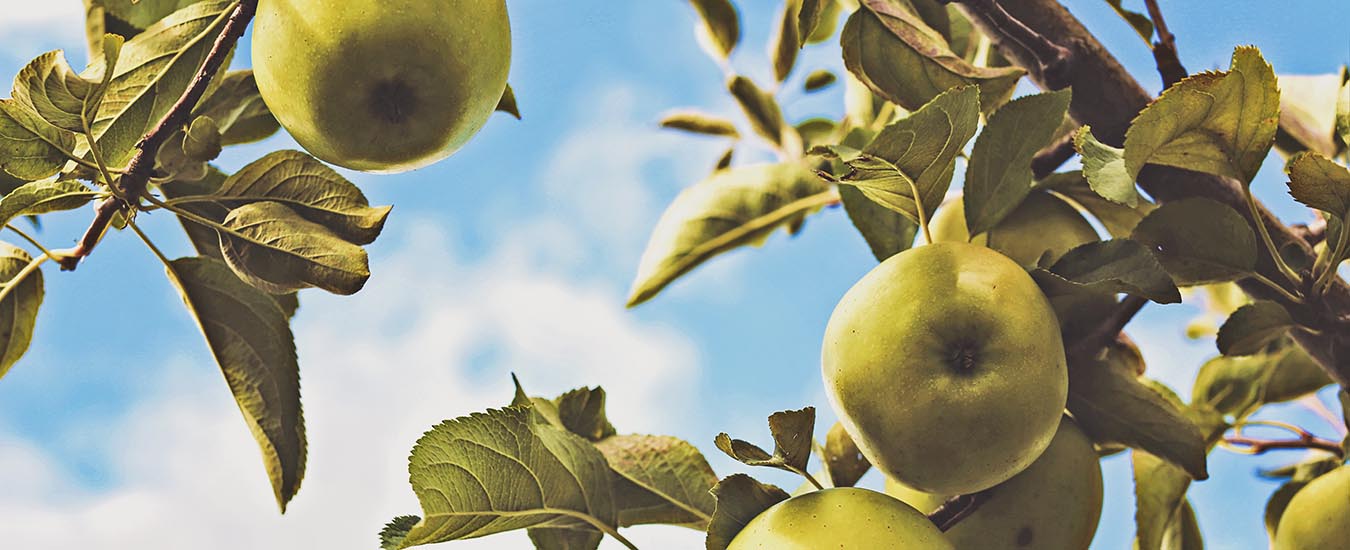Baby teeth may not last a lifetime, but they play an important role in a child’s oral and overall health. And they help prepare children’s mouths for the permanent teeth to come.

“The baby teeth help the jaw bone form properly,” explains Dr. Anil Joshi, a pediatric dentist in Moncton. They also help ensure proper spacing of the permanent teeth, he adds. “Teeth are like dominoes: if one goes too early, the others tip.”
A little one’s little teeth help them develop their speech as well. When baby teeth, also called the primary teeth, are properly in place, children can pronounce words properly, since the teeth prevent their tongue from straying as they’re learning to speak. The primary teeth, which begin to fall out at about age six until a child is 12 or 13 years old, are also important for swallowing.
Healthy baby teeth help bolster children’s overall health as well. Infections in the teeth or mouth can affect a child’s desire to eat and their ability to absorb nutrients. The implications of that on overall health are significant, notes Dr. Ross Anderson, chief of dentistry at the IWK Health Centre in Halifax. “We see kids with pain. We see kids with swollen faces. In the worst cases, we see kids who stop growing.”
Infection is common. Bacteria can eat their way into baby teeth, causing a cavity and then spreading rapidly. “It jumps from tooth to tooth,” notes Dr. Anderson. “It’s like a forest fire in the mouth.”
A recent report from the Canadian Institute for Health Information found that cases of what is known as severe early childhood caries (or tooth decay) account for 33 per cent of all day surgeries in children’s hospitals in this country.
It’s the most common day surgery performed on children, and severe early childhood caries is the most common chronic infectious disease of childhood.
He recommends parents keep an eye out for a white chalky area in their child’s mouth: the first sign of trouble. Next a brown hole will be visible on the tooth, then surrounding teeth. The disease can also affect older children and adults. “If we let it spread, it will affect your adult teeth,” says Dr. Anderson, who is also head of the Department of Dental Clinical Services, Division of Pediatric Dentistry, at Dalhousie University’s Faculty of Dentistry.
Before it comes to that, however, parents can take steps to help their children have good oral health. Diet is critical. While milk and fruit juice are healthy choices for growing bodies, they can pose problems for children’s teeth. “It’s not the amount of juice or milk. It’s how long it sits in the mouth,” says Dr. Joshi.
When kids sip and play throughout the day, the sugar from the fruit juice has time to make itself at home in their mouths and roll out the welcome mat for bacteria or plaque. The American Academy of Pediatrics recommends children consume only four ounces of juice a day and this should happen during one meal.
“Water is the best in-between drink,” notes Dr. Anderson. For parents in communities where water quality is secure, he recommends tap water. “Buy a water bottle together. Make it fun and you’ll set their preferences for life.”
Fresh vegetables and fresh fruit are also healthy lifetime choices, as is cheddar cheese, which actually fights the bacteria that can cause cavities. Other foods like unflavoured Greek yogurt and hummus are also smart snack choices. Starchy foods in between meals, on the other hand, are not recommended. The starch breaks down into sugar and sticks to teeth.
Brushing is also important, even when there aren’t yet any teeth. “It helps kids get used to this, it toughens up the gum pads, and it decreases teething problems,” says Dr. Joshi.
From the time the first tooth peeks through the gum, children should be brushing twice a day, with some help from their parents. Use the softest toothbrush possible and ensure you have a good, clear look at the child’s mouth while brushing.
Toothpaste is optional for the littlest ones. “Baby toothpaste has nothing in it,” notes Dr. Joshi. “It can cover up the crevices of a tooth, [but] it’s the brush that does the cleaning.”
When infants become toddlers, using a toothpaste with fluoride is helpful. The key is not to use too much toothpaste since young children have a tendency to swallow it. For children under three years of age, a dab of toothpaste the size of a grain of rice is all that’s needed. For older children, the amount should be the equivalent of a pea.
Healthy baby teeth will eventually give way to healthy permanent teeth. In between, expect a visit from the tooth fairy. Even when Dr. Joshi has to extract a child’s tooth, he gives it back to the little one to be tucked gently under the pillow that night.
